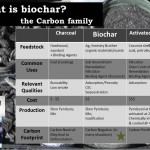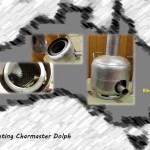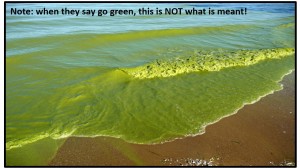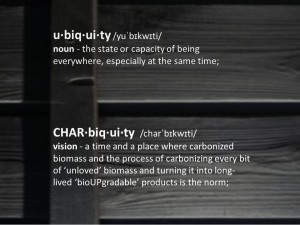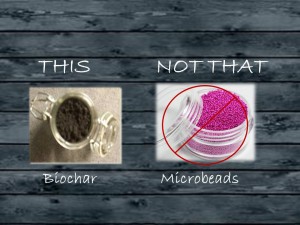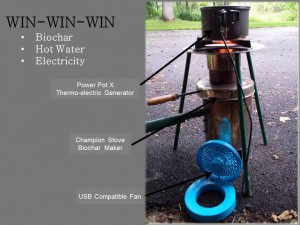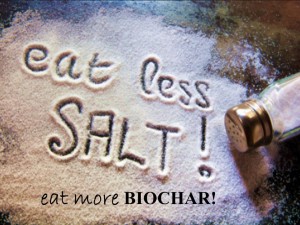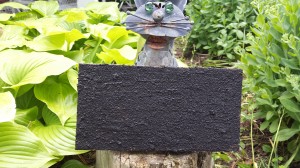Much as I like attending biochar related conferences to keep up-to-date on what is going on in the industry, I also like attending meetings with a broader sustainability orientation. Not too surprisingly few of the broader context conferences have biochar on the agenda. Such was the case for the NYS Conference on the Environment held last week in Binghamton, until, that is, I contacted the organizers and (rather brazenly) asked at the 11th hour if they might have any speaker cancellations and need someone to fill in. Serendipitously they did so off I went to preach the gospel of biochar to an all new audience.
I arrived just in time to hear them mention the word biochar in the first General Session. Minutes later a brave woman in the audience raised her hand to ask “What is bio-char?” in that tone one often hears when one is trying out a whole new word and can’t quite figure out where to put the accent. I smiled, waiting to hear the response. The Climate Change panel organizer, a Climate Change Analyst from the NY DEC, gave an answer that made me really happy I pushed to get on the agenda. He said something to the effect that biochar seemed to be a very promising technology but that it hasn’t yet realized the potential that some have claimed it has, and that he was really looking forward to learning more about it. Then he said he sure hoped the presenter was in the audience and could shed more light on the subject.
So “What is biochar?” I have really come to love that question. There are so many possible ways to answer it. Not one of which should be a canned, never to be changed, 30 second elevator speech. Biochar cannot be so easily squashed into such a tiny immobile box. I think it is really important to figure out who is asking the question, what will most resonate with them and then provide an answer that will inspire them to want to know more about biochar. Are they environmentalists looking for some technology to give them hope that it might be possible to somehow mitigate the looming climate chaos? Are they farmers that care about the bottom line but want to be sustainable? Are they climate skeptics that will be turned off the minute you mention carbon sequestration? Are they investors looking to make a quick buck on the next big trend? Often it is some combination. Often you may not know. Fortunately for me the conference context gave me a pretty big hint as to the type of folks likely to be asking that question!
There are many, many different ways to talk about biochar. The framework I use is outlined in the picture above. The rest of my presentation at the NYS Conference on the Environment can be found here.

